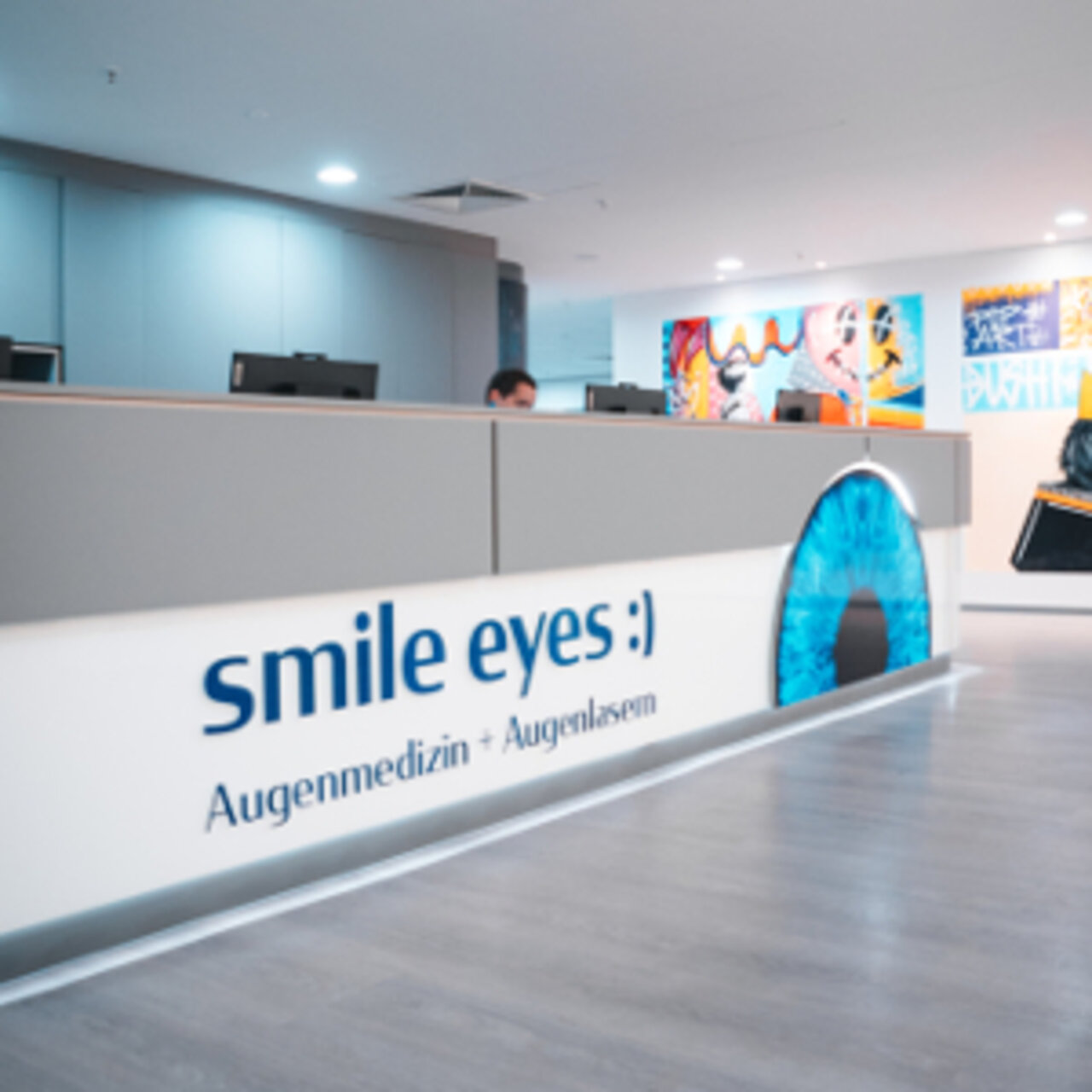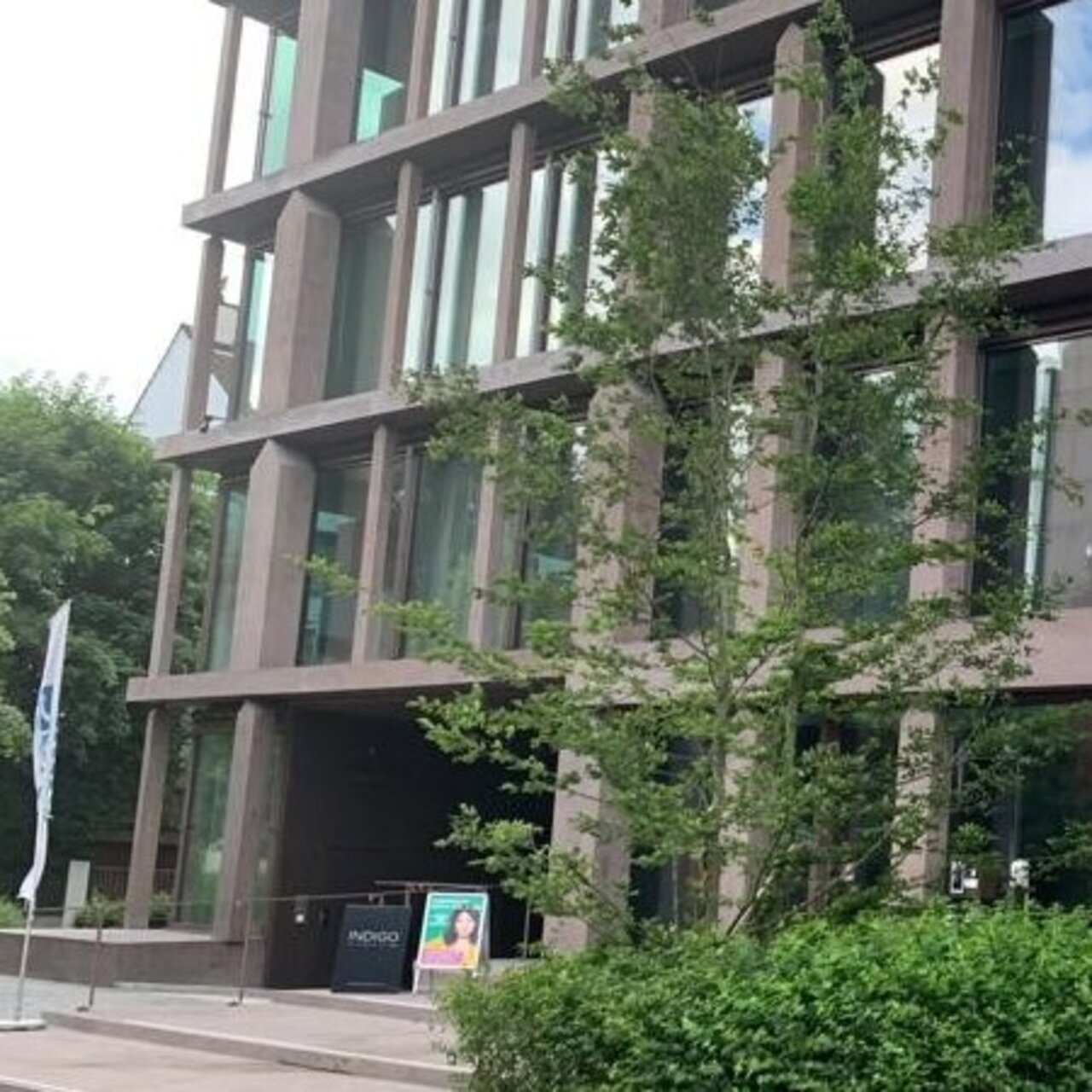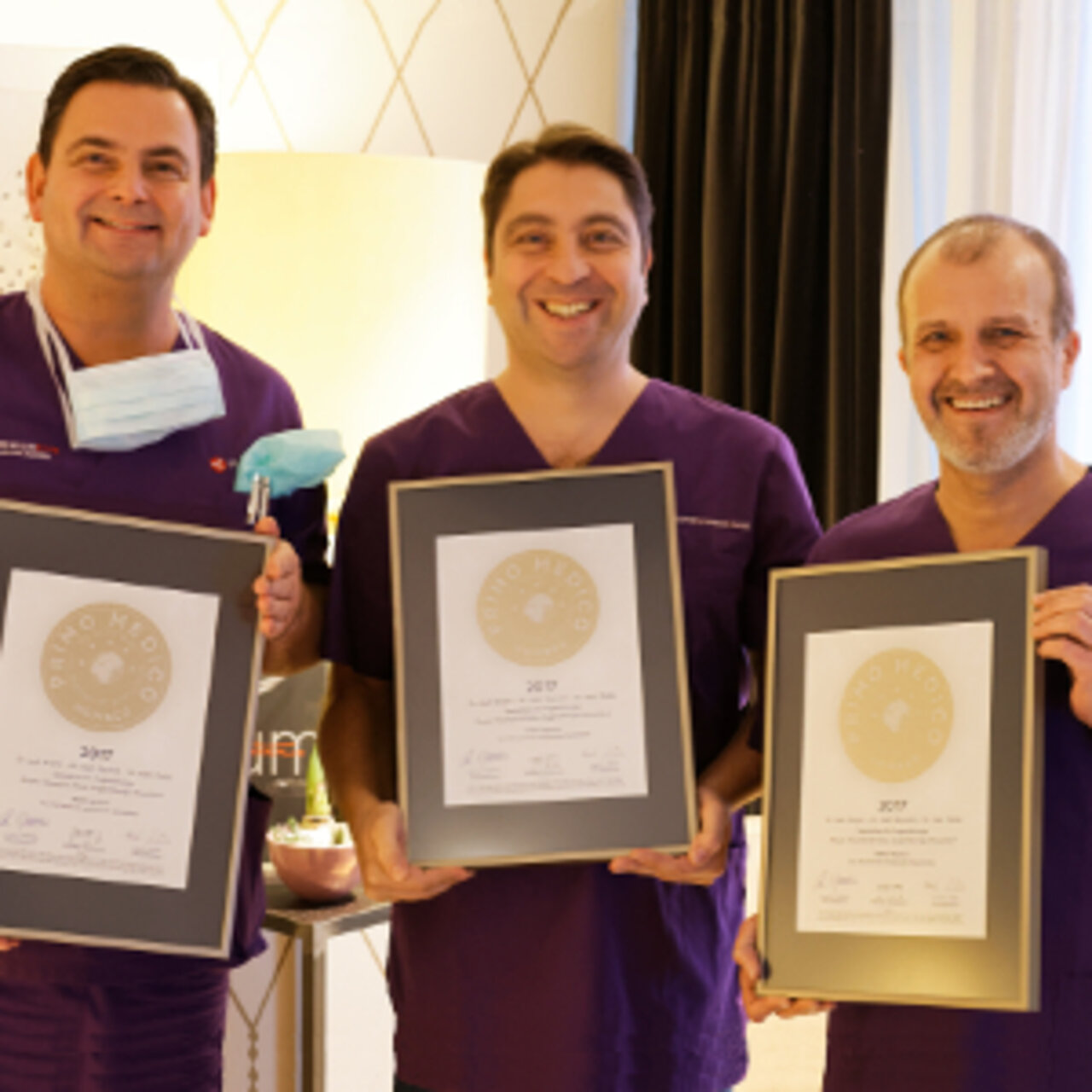Specialists in LASIK
7 Specialists found
Information About the Field of LASIK
What Is LASIK?
Laser in-situ keratomileusis (LASIK) is a laser surgical procedure for correcting refractive errors. The principle of all laser eye procedures is to change the cornea's curvature to increase or decrease the eye's refractive power to compensate for the particular refractive error.
In LASIK, the surgeon first partially separates a thin layer from the cornea using a highly developed microscalpel called a microkeratome and folds it over. To change the eye's refractive power, the second step is using an excimer laser to remove corneal tissue from the exposed inner layer of the cornea.
To correct myopia, the tissue is flattened in the middle, which reduces the cornea's curvature. Next, the cornea is ablated in a ring around the center for farsightedness, achieving a stronger corneal bulge. Then the surgeon puts the folded corneal layer back over it. Femto-LASIK is a newer form of LASIK, where the femtosecond laser replaces the microkeratome.
For Whom Is the Procedure Advisable?
LASIK can be used to correct myopia, farsightedness, and astigmatism. However, the surgery is not suitable for every patient. The cornea must be sufficiently thick overall and under the incision for the surgery. The more severe the refractive error, the more tissue must be removed to compensate for the refractive error. Surgery is no longer possible if the refractive error exceeds a certain degree.
The Refractive Surgery Commission of the German Ophthalmological Society and the Professional Association of Ophthalmologists of Germany has issued the following recommendations for the use of LASIK:
LASIK can be used for myopia up to -8 diopters, astigmatism up to 5 diopters, and hyperopia up to +3 diopters. The surgery is also possible in case of simultaneous presbyopia. Then one eye is adjusted to distance vision. Next, the other eye is corrected to optimal the near vision.
LASIK can be used to a limited extent for myopia up to -10 diopters, astigmatism up to 6 diopters, and myopia up to +4 diopters. The Refractive Surgery Commission defines this limit: the procedure can be used, but the results are progressively worse and the side effects more frequent; comprehensive patient informing is necessary.
The surgery must not be performed in cases of chronic progressive corneal disease, cataract, glaucoma with severe visual field loss, exudative macular degeneration, and a form of the corneal protrusion (atypical keratoconus).
How Much Does LASIK Cost?
Health insurances do not pay for surgeries that correct refractive errors. Therefore, you should expect to pay at least 900 euros for LASIK per eye. Consequently, it is essential to determine in advance which services are included in the price and whether there are additional costs for a follow-up examination.
The Procedure of LASIK Surgery?
Before the operation, the patient may be given a mild sedative. Next, the eye is anesthetized with eye drops containing a local anesthetic and held open with an eyelid retractor. Next, the surgeon uses the microkeratome to cut a 0.1 to 0.15-millimeter flat layer from the cornea. At one point, the corneal layer remains in contact with the rest of the cornea. Finally, the corneal piece (flap) is folded to the side.
Then the excimer laser is used. The patient's parameters were entered into the device before the procedure. The laser is adjusted to remove the corneal tissue according to the values. After the laser has removed the tissue, the surgeon folds back the flap. The corneal layer becomes ingrown on its own. The whole procedure usually takes less than 10 minutes per eye.
What Is the Healing Process After Surgery?
The eye may burn in the first hours after the operation, and the patient's vision may be blurred. The next day, however, vision is already significantly better.
In the first few weeks, vision may deteriorate slightly, as the cornea fossa partially refills with corneal epithelium. After about six weeks, the final vision is usually achieved. Another surgery may become necessary if the vision has changed too much.
What Are the Risks?
Patients often suffer temporarily from increased dryness of the eyes. Twilight vision may also be impaired: Patients see light rings around illuminated sources (halos) and shadow images.
Very rarely, errors occur when cutting the cornea. Also, very infrequently, detachment of the top layer (epithelium) of the cornea, wrinkling of the anterior corneal lamella during wound healing, weakening and protrusion of the cornea, inflammation, or infection with severe scarring occurs.
Complications are more likely when significant corrections are needed. In addition, complications are more common with farsightedness than with myopia. Therefore, LASIK is recommended only for farsightedness up to +3 diopters.
Which Alternative Laser Surgery Procedures Are Available?
Surface treatments (PRK, Trans-PRK, LASEK, EPI-LASIK) or refractive lenticule extraction (REFLEX) can be considered an alternative to LASIK.
In surface treatments, the doctor uses the excimer laser to ablate the cornea to correct the refractive error superficially. While the epithelium is removed in PRK, Trans-PRK, or LASEK, in EPI-LASIK, the most commonly used procedure today, the surgeon merely pushes the epithelium aside and then places it back over the defect. A contact lens is placed for a few days to protect the cornea, under which the superficial wound heals in a few days. Surface treatments are the least expensive laser surgical procedures. However, the disadvantage is that vision is usually limited during the first week after surgery. In addition, there may be mild pain.
Refractive lenticule extraction (ReLEx) uses a femtosecond laser to remove a slice of tissue from inside the cornea to correct the refractive error. The surgical method is recommended for myopia up to -8 diopters, limited to -10 diopters, and astigmatism up to 5 diopters. In ReLEx FLEX, a double incision creates a tissue slice with a femtosecond laser. The doctor lifts the upper corneal flap, removes the tissue slice, and folds the flap back again. It becomes ingrown on its own. The tissue flap is removed through two side openings with the ReLEx SMILE method.
Which Doctors and Clinics Are Specialized in LASIK?
Surgical correction of refractive errors is best performed in an eye clinic specializing in laser eye surgery. The modern procedures of refractive surgery now have a high level of quality. The specialized ophthalmologist examines the eye comprehensively, informs the patient, and recommends a suitable method depending on the degree of refractive error.
We will help you find an expert for your condition. All listed doctors and clinics have been reviewed by us for their outstanding specialization in presbyopia and are awaiting your inquiry or treatment request.
Source Reference:
Berufsverband der Augenärzte Deutschlands e.V. LASIK. Link:https://augeninfo.de/cms/hauptmenu/augenheilkunde/sehen-ohne-brille-refraktive-chirurgie/laserverfahren/lasik.html (aufgerufen am 21.09.2021)
Berufsverband der Augenärzte Deutschlands e.V. Patientenbroschüre Operationen zur Beseitigung von Fehlsichtigkeiten. Link: https://augeninfo.de/cms/fileadmin/pat_brosch/lasik.pdf (aufgerufen am 21.09.2021)
Kohnen, T. (2011) Refraktive Chirurgie. Springer Verlag Berlin-Heidelberg
Kohnen, T. (2019). LASIK und Femto-LASIK 2019: eine Standortbestimmung. Spektrum der Augenheilkunde (2019) 33:139-146
Kommission Refraktive Chirurgie der Deutschen Ophtalmologischen Gesellschaft und des Berufsverbands der Augenärzte Deutschlands e.V. (2019). Bewertung und Qualitätssicherung refraktiv-chirurgischer Eingriffe durch die DOG und den BVA – KRC- Empfehlungen. Link:https://www.aad.to/krc/qualit.pdf (27.10.2020






